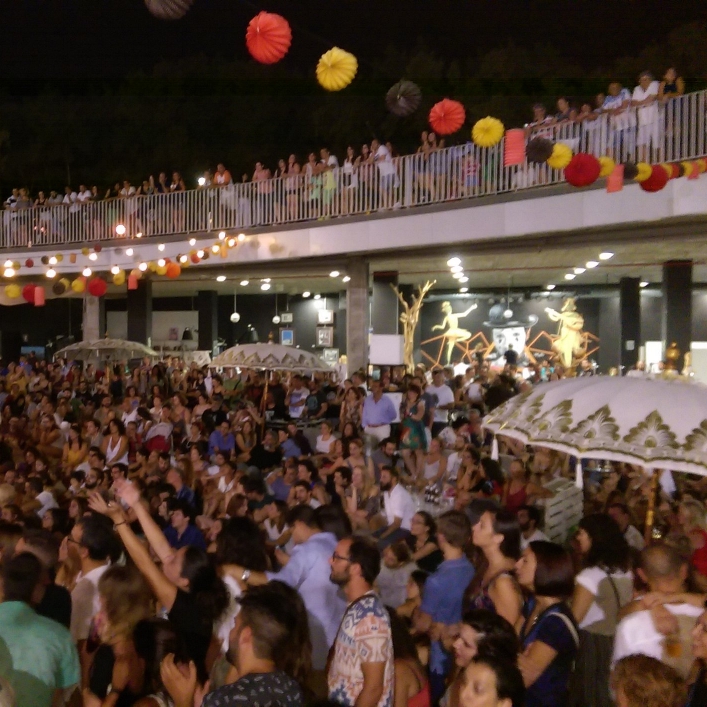
Six Stereotypes of Spain Debunked
Dear Karen,
When you think of Spain, are the first things that come to mind bright red polka dot flamenco dresses and bullfights? Or perhaps tapas and wine? Do you think the main activities in Spain involved sunbathing at the beach and partying late into the night? If any of these examples are what you immediately think of when asked about Spain, you’re not alone in your thinking. However, you would be wrong to believe that these stereotypes are all there is to Spain!
 Whether we want to admit it or not, stereotypes hold a sliver of truth. Where would we get stereotypes if not for the existence of a trend that is noticeable, or at least that was at some point? It’s true that Spain has had a tradition of bullfighting; it’s true that tapas are eaten here; and it’s true that this country boasts some incredible beaches. Still, let’s look a little deeper into some of these stereotypes to separate the fact from fiction and ensure you come to Spain (or even just think about Spain) with the open mind and background knowledge the culture deserves.
Whether we want to admit it or not, stereotypes hold a sliver of truth. Where would we get stereotypes if not for the existence of a trend that is noticeable, or at least that was at some point? It’s true that Spain has had a tradition of bullfighting; it’s true that tapas are eaten here; and it’s true that this country boasts some incredible beaches. Still, let’s look a little deeper into some of these stereotypes to separate the fact from fiction and ensure you come to Spain (or even just think about Spain) with the open mind and background knowledge the culture deserves.
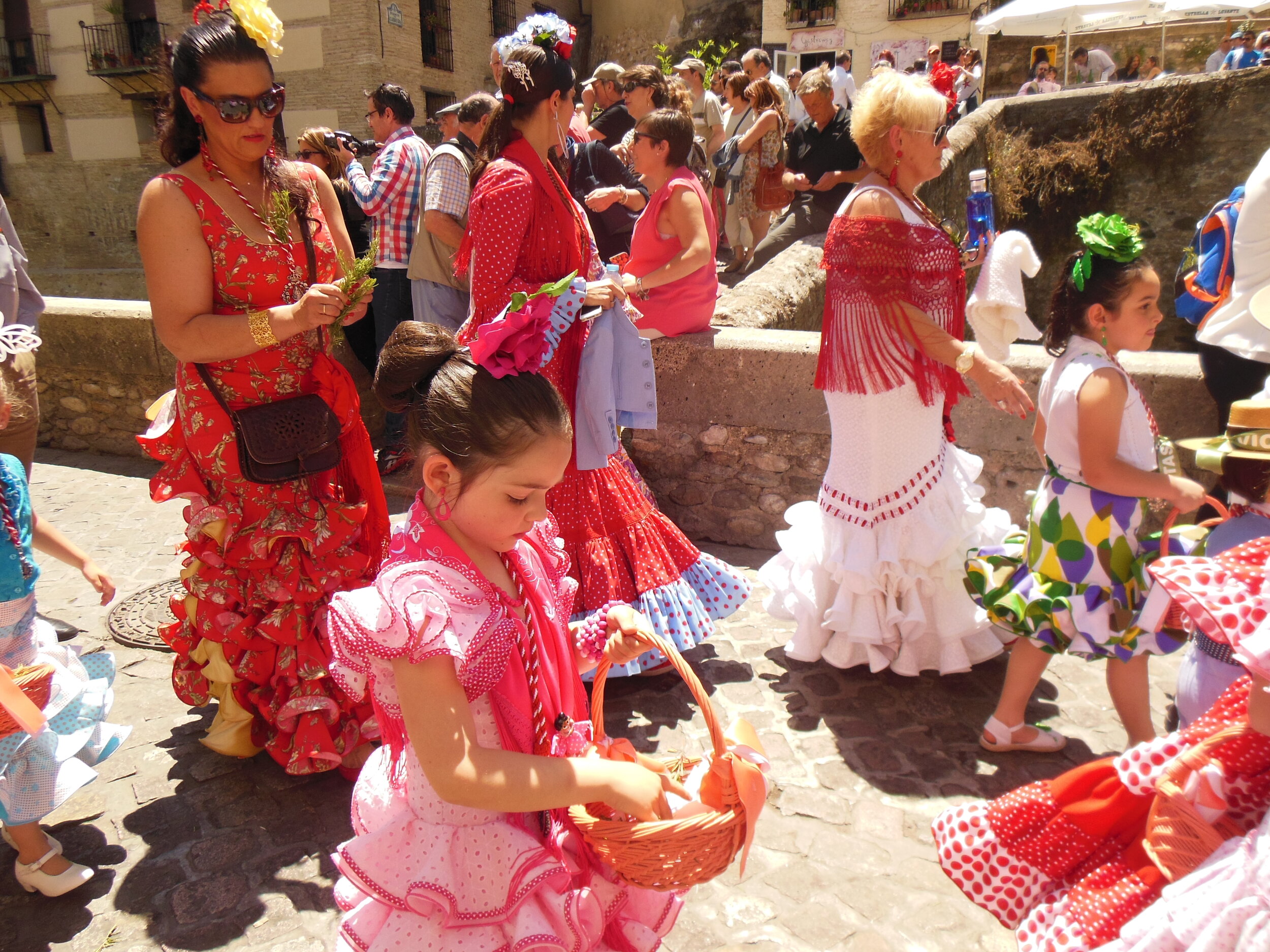 Stereotype #1: All women in Spain wear polka dot flamenco dresses
Stereotype #1: All women in Spain wear polka dot flamenco dresses
If you asked someone to draw a picture of a Spaniard, it’s very likely that they’d sketch a woman in one of these flamenco-style dresses. This sort of visual has become synonymous with Spain over the years and so it’s understandable that it’s the image we have in our head when we think of Spanish people. Likewise, during celebrations such as ferias, Spanish women DO in fact wear this outfit with all the accessories that go along with it!
When Spanish people are celebrating their traditional holidays they enjoy dressing up in this traditional garb. If you’re particularly interested in this topic, check out our article How to Buy a Flamenco Dress for Sevilla’s Feria de Abril in which guest-writer Caroline goes into all the specifics. Simply be aware that while this traditional dress still exists and is also worn on any occasion by flamenco dancers, it is not as if all Spaniards partake in this custom. On the average day, a Spanish woman will be dressed just as you’d expect any other European woman to be dressed.
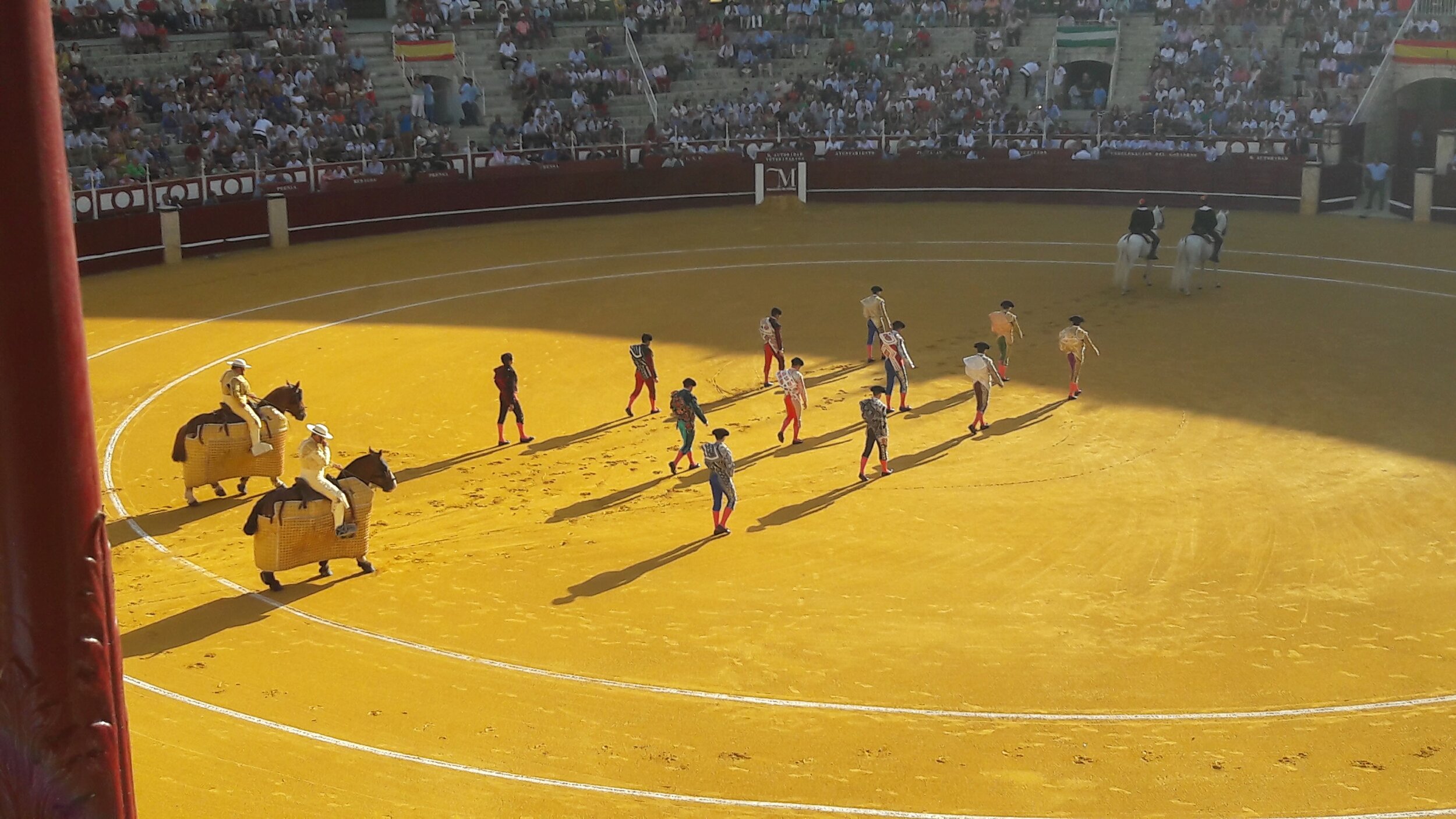 Stereotype #2: Bullfighting is the national sport
Stereotype #2: Bullfighting is the national sport
Yes, Spain has a tradition of bullfighting that is distinct from most any other country and so it is natural that this activity be associated with Spain. However, there are very mixed feelings about bullfighting among Spaniards—some believe it is a beautiful art while others believe it is animal cruelty and should be banned. Some regions, like Cataluña, have in fact banned bullfighting altogether.
Even in regions that have not banned bullfighting, you’ll find that this event does not take place very frequently. You can read our post about bullfighting here as well as our experiences with it as expats. Simply put, keep in mind that not all Spaniard go to bullfights and not all Spaniards support it in general, although it is still common in a lot of places across Spain to have bullfights during ferias and other celebrations.
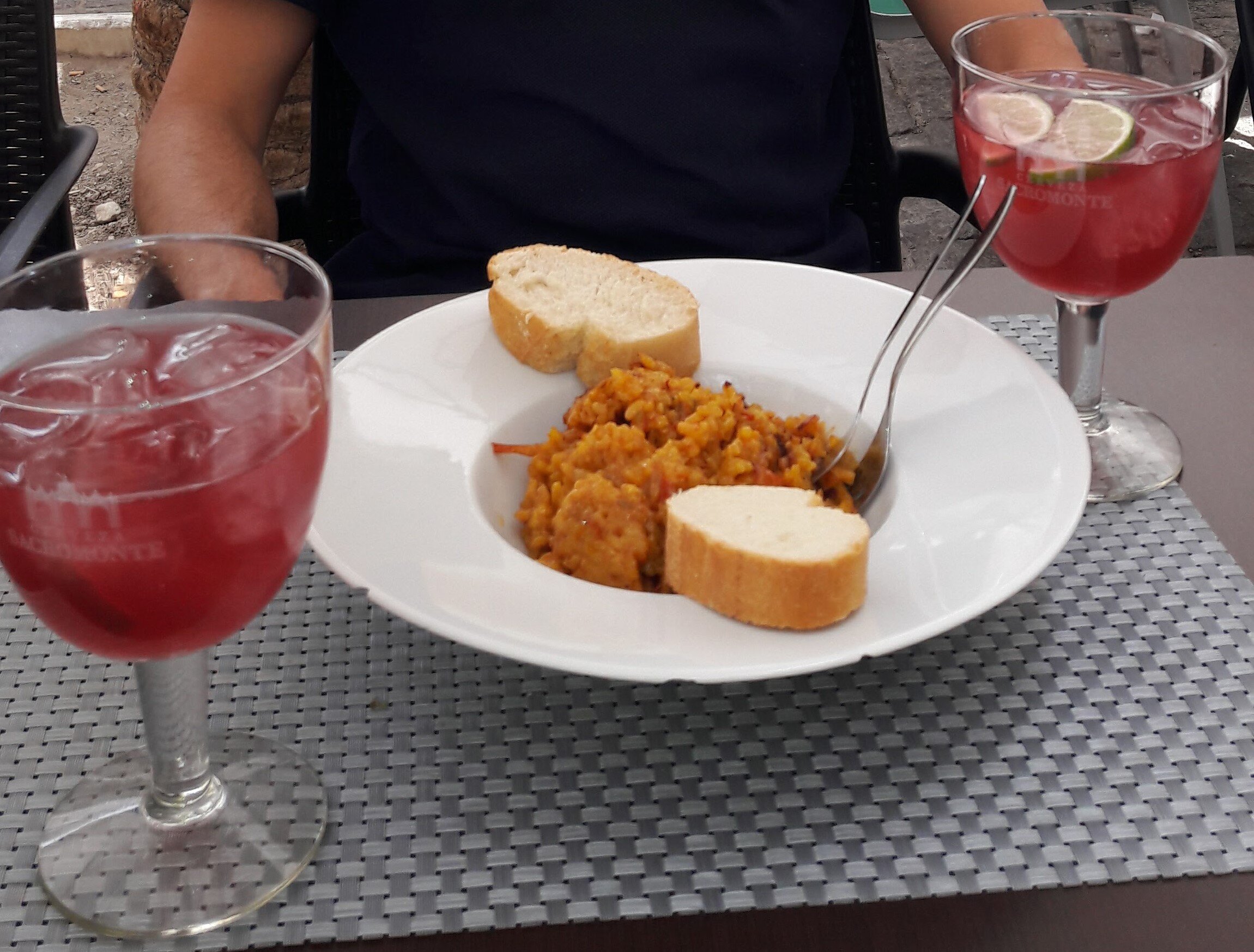 Stereotype #3: All they eat is tapas
Stereotype #3: All they eat is tapas
When visiting Spain, you are likely to fall in love with and only want to eat the tapas. However, that does not mean they’re the only food on offer! In fact, many of Spain’s most famous and noteworthy dishes—like, ahem, paella—are generally ordered off the menu. Eating tapas is a great way to sample a lot of food and therefore a fan favorite for tourists. It’s also an economical way to eat in many places, especially Granada where they’re served with each drink, so many Spaniards will partake in this practice as well.
Still, there are plenty of other options if tapas are not your thing. Not sure where to get started? In this post, we recommend the top five Spanish dishes we believe you simply cannot miss and we’ve also got a post about some of our favorite places to eat out in Granada. Not visiting Granada? Don’t sweat it—we’re included at least one food or drink recommendation for each city/town we’ve covered in the cities we highlight in different posts too.
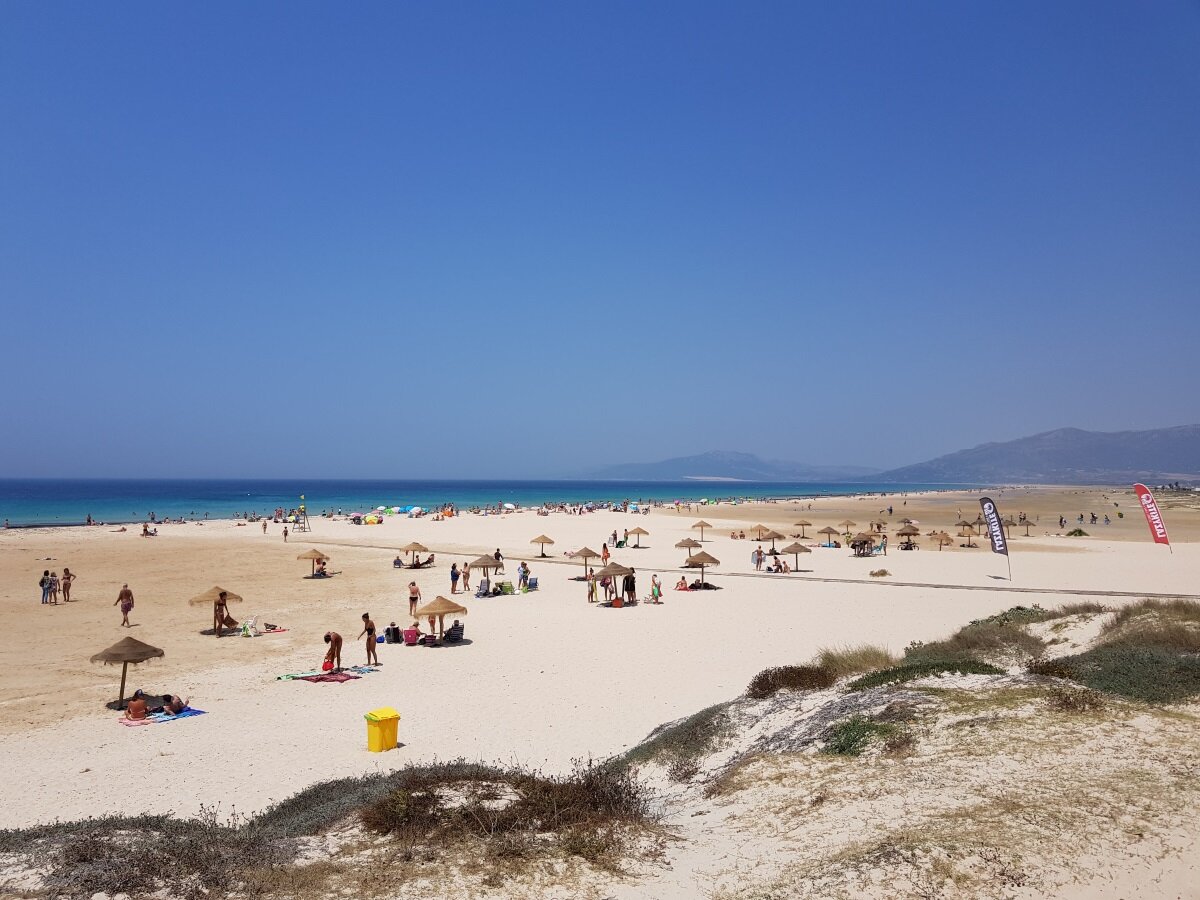 Stereotype #4: Spain is a tropical, beach-covered country
Stereotype #4: Spain is a tropical, beach-covered country
Again, we can’t deny that this stereotype exists because the truth is that Spain is home to many beautiful beaches. However, this sort of climate and geography only exists along the coasts of Spain—and the hot, sunbathing beaches you’re picturing don’t even exist along all of the coast!—and there is much more to be seen and to do in Spain that happens outside of these areas.
For example, the northern communidades of Spain such as Galicia, Asturias, and Cantabria are incredibly lush and green and are more often compared to Ireland than the southern regions of Spain. Along the Camino de Santiago pilgrimage, walkers find all sorts of damp and dry terrains. Almería boasts beautiful beaches, but it is also home to Europe’s driest desert. And Granada is home to the Sierra Nevada mountain range, the southernmost point in Europe for downhill skiing! Yes, there are beaches but there are not ONLY beaches.
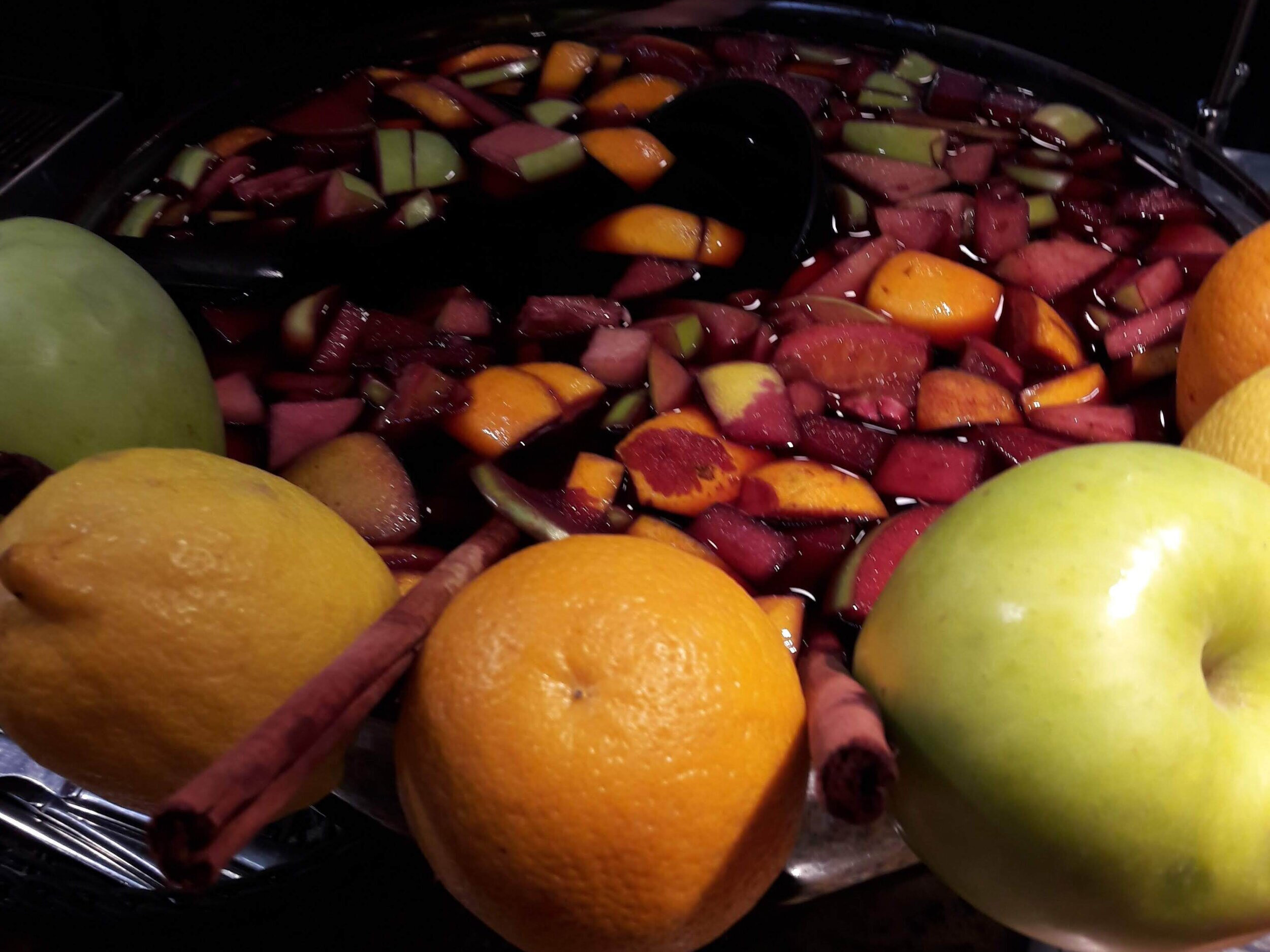 Stereotype #5: They drink and party all the time
Stereotype #5: They drink and party all the time
If you study abroad or travel to Spain on holiday, chances are YOU are going to drink and party a lot. Spain has some great night spots and they also serve very economically-priced alcoholic beverages. Because of the fact that wine is a domestic product in Spain, you can buy a bottle for as little as 2€ at the supermarket (although you probably want to splurge for the 5€ bottle)! This leads to a reality that drinking and partying is more available and appealing to a wider range of people.
However, it’s important to note that, while you will have the segment of the population that likes to drink/party in excess no matter what country you’re in, the average Spaniard does not necessarily drink any more than the average citizen of another country. Instead, they may drink more frequently. The drinking culture in Spain allows for more acceptance of having a glass of wine or beer with your afternoon meal (sometimes this includes having a drink with your family at home, even if you’re not yet of the legal drinking age). The result is that when observing the Spaniards around you at any given bar you might notice many more people drinking but that doesn’t mean many more people are getting drunk.
Stereotype #6: They’re lazy and take a siesta everyday
If we had to guess, this is probably the stereotype that bothers Spaniards the most. The truth of the matter is that the Spanish work-to-live mentality (as opposed to the live-to-work one we have in many of our home countries) may make it seem like they work less than in other countries. However, the business hours are simply different and if they work fewer hours it’s because the emphasis is placed on time with family over time at the office.
Because of this prioritization, many workers observe what may be called a ‘siesta’ in the middle of the workday but that does not mean that everyone takes a nap. Sure, many children and elderly people do. However, in modern Spain, this time is more so a break in the day to go home and have lunch with family. Afterwards, the ‘siesta’ time is often used to get ahead on work/chores that have built up rather than have a snooze. Furthermore, we know many students who also work and other busy people who don’t have the luxury of taking this break at all and so, for others Spaniards, the siesta is not a reality at all.
What do you think? Do you have a different perspective now that we’ve looked into some of these stereotypes further? We hope this short debunking article will help you see Spain from a more well-rounded point-of-view.
Sincerely,
Spain




